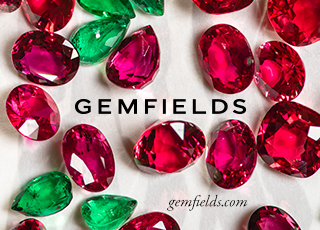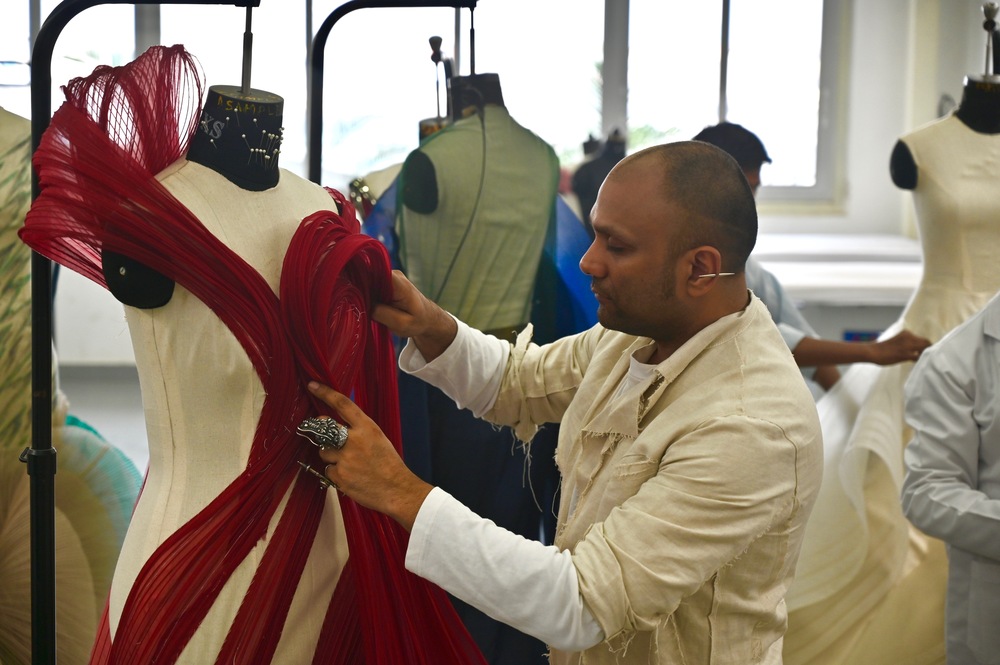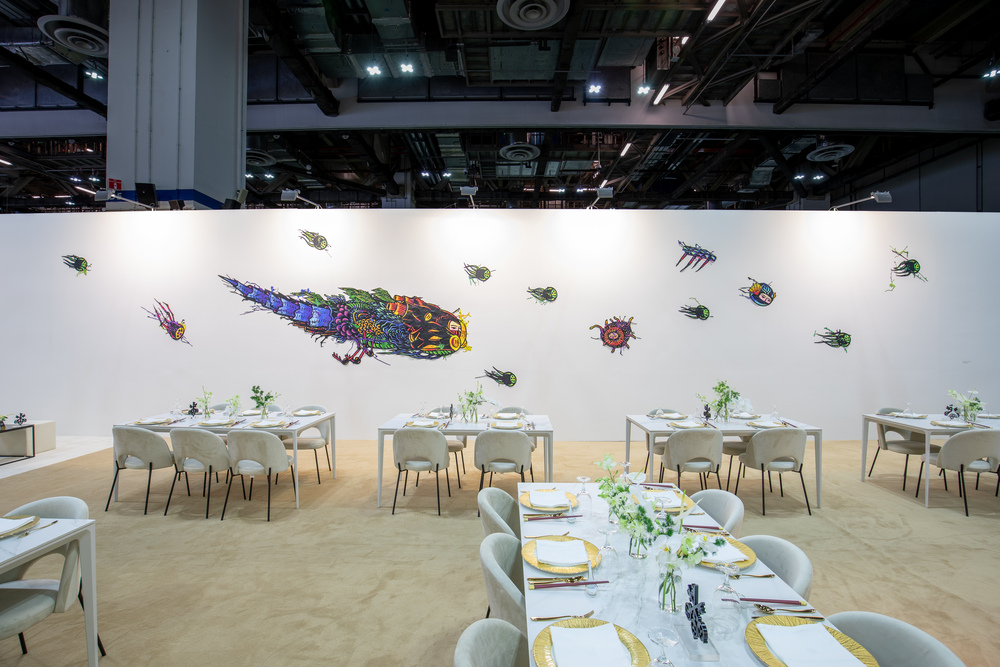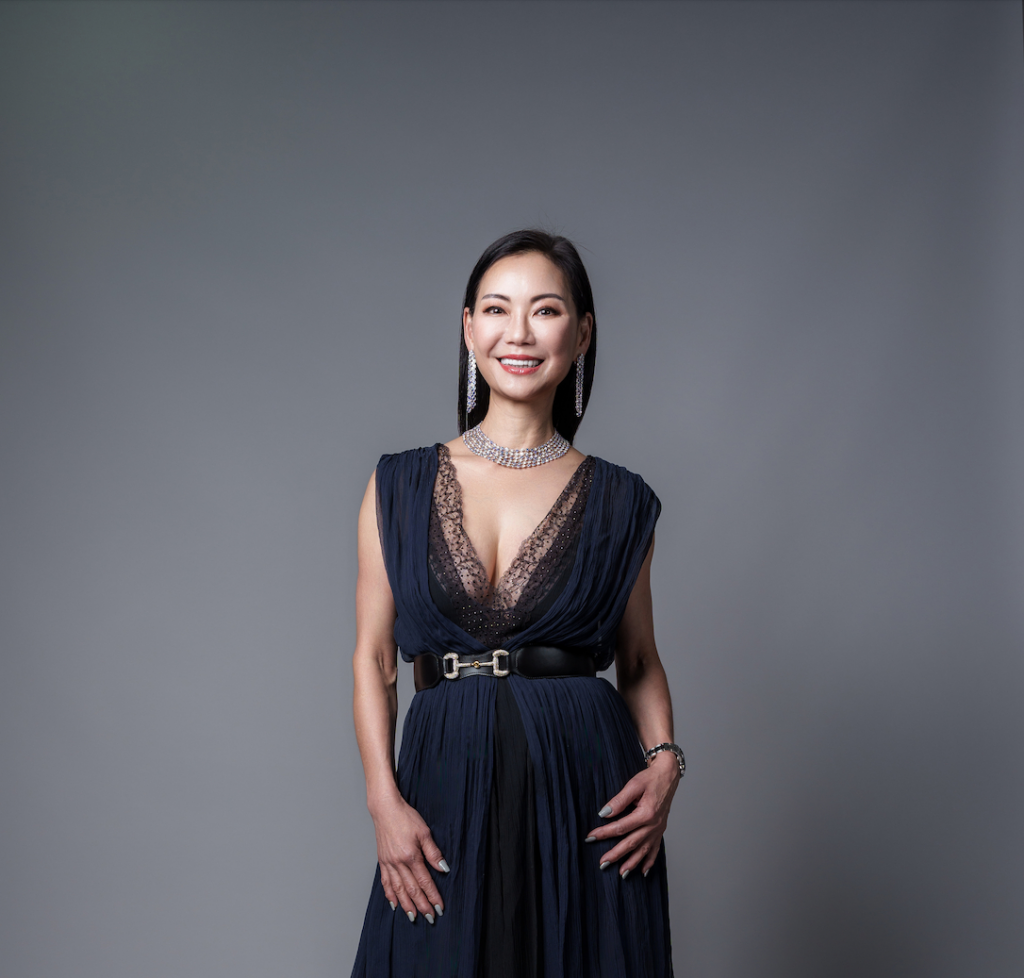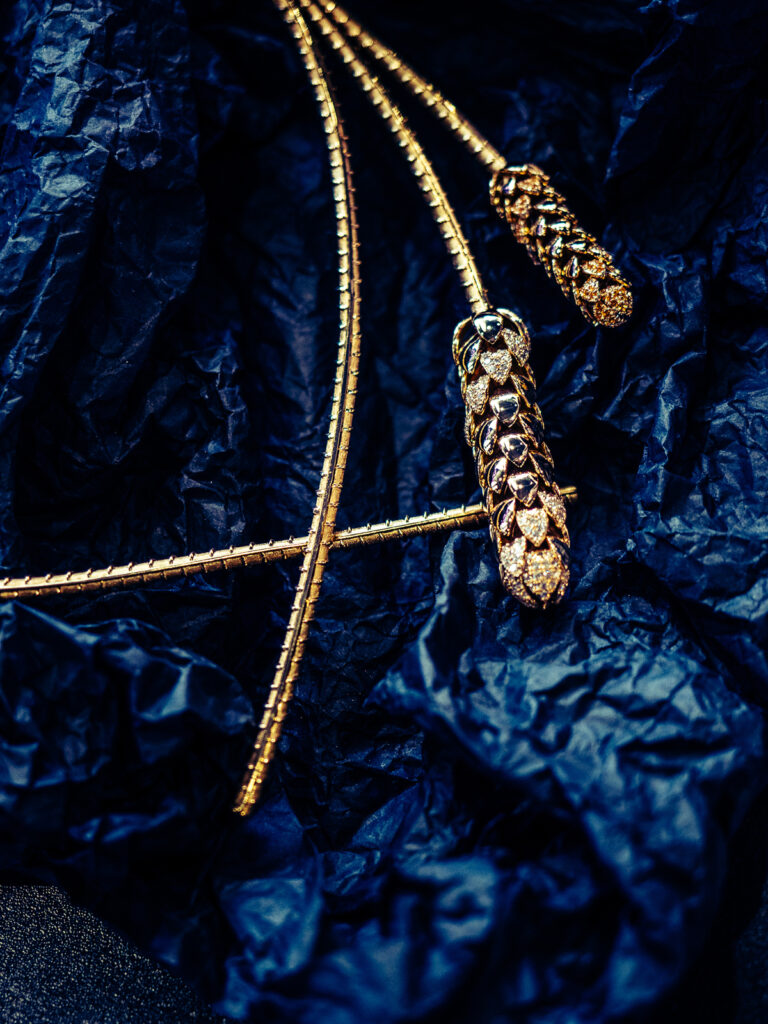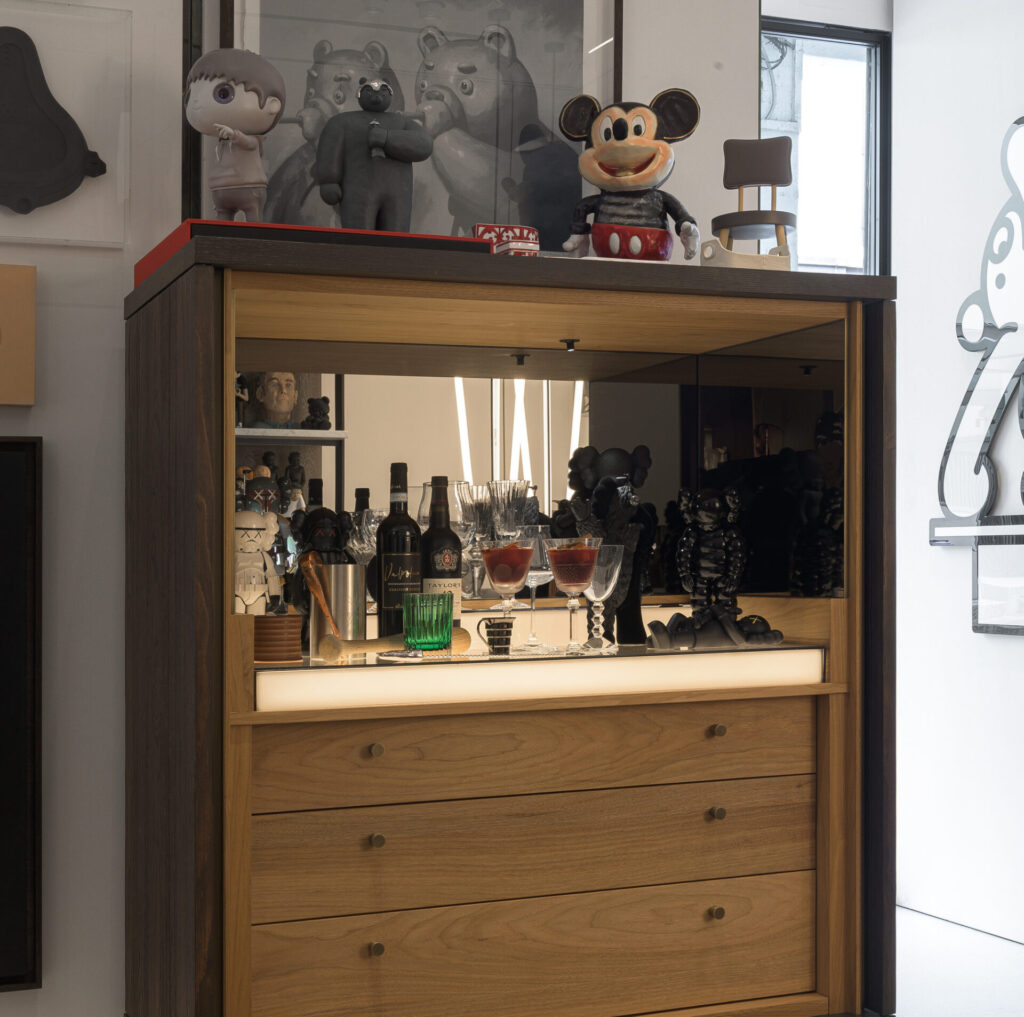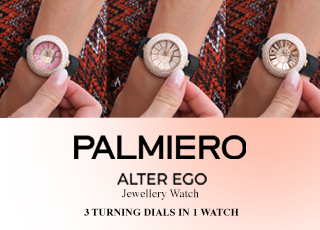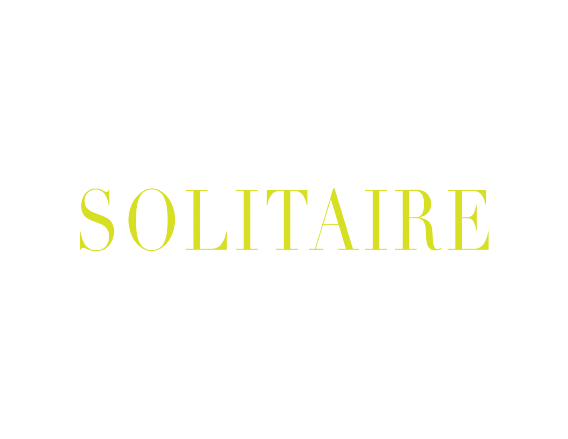Fine jewellery is no longer just a four-horse race. Designers are on a never ending quest for novel materials for their collections, way beyond metals and stones to create iconic conversation starters. One such jeweller is London-based designer Jacqueline Cullen, who has built her entire design ethos around Whitby jet, a prehistoric black fossil circa 180 million years old. Its name is derived from the North Yorkshire seaside town of the same, where the gem is found along a seven-and-a-half-mile stretch of rugged coastland.

Cullen gained recognition for reviving jet jewellery and giving it a new lease on life. Describing her work, fellow designer Stephen Webster says: “It looks dramatic. It’s a spectacle. You can’t not be inquisitive about it”. But it took a queen to first put the mineraloid on its path towards jewellery. In 1861, after Prince Albert’s death, Queen Victoria entered a state of mourning and wore black for the remainder of her life. The colour translated into her accessories when she took to wearing jet jewellery in remembrance. According to W. Hamond, a Whitby Jet store established in 1860 which counted Queen Victoria as one of its distinguished patrons, “it soon became the etiquette to accessorise the period’s elegant mourning fashion with jewellery made from the gemstone”.

Today, Cullen’s striking sculptural designs — flecked with gold and diamonds — the material has been elevated out of the realm of mourning, and into the spotlight. Using electro-forming to transform the fossilised wood and celebrate, rather than disguise, its inherent flaws and inclusions, “the natural beauty of the material…[speaks] for itself, removed from connotations of death, grief and morbidity,”.

For her most recent collection, Cullen has “taken a new creative direction inspired by the minimalism and geometry of the Bauhaus aesthetic, designing a range of dramatic and angular faceted pieces with black diamond coated panels that highlight the drama found between light and shade”. Perhaps the most outstanding piece from the series is the Black Diamond Feather collar. Studded with black diamonds on some 150 hand-shaped slivers of jet hanging from an 18k yellow gold cable, the contrast between the matte finish of the fossil and sparkling gemstones instigates a closer inspection and admiration of the details. It’s also one of Cullen’s top three picks. “Its design is dramatic, timeless and seriously sexy,” she says.

Another stunning piece is the Black Diamond Tipped bangle. The bracelet is carved with narrow ends sprinkled with diamonds that provide glittering, reflective panels, and finished with inverted diamonds embedded into the tips. With its clean-lined, modernist shape, Cullen breaks away from her previous assemblage that showcased fissures or broken edges. Gone are the gold-painted “granulation” embellishments on organic forms that were inspired by themes of erosion and volcanic eruptions. In its place, Cullen has opted for simpler shapes like asymmetric panels, faceted triangles, balls, and discs.

Of working with the raw material, Cullen says that Whitby jet has a “soft, sensual blackness, and it’s also very soft and easy to work with — you can sculpt it directly and change its shape quickly”. Cullen was pursuing a jewellery degree at Central Saint Martins in London in the early 2000s when she first came across the substance. She has revealed in interviews that she had to teach herself everything, including what tools to use for what and how to do the carvings.

Yet the most striking thing about jet is its colour. “People assume that this material is only about death and grief. The more I looked into it, the more it became interesting from a conceptual point of view,” she says. “The new faceted range is actually more difficult to make because it’s so precise.” Still, Cullen has succeeded in recasting the material in a new, modern light — which is what she set out to do when she opened her studio in 2006 and launched her first collection in the same year.

Nevertheless, Cullen worries that she might one day run out of the material that helped her become a breakthrough jewellery designer, and the only known artist to be working with jet. But she is already looking at other substances. “We are planning a range with a higher metal component presence with asymmetric inlaid lines of gold set with pave set coloured gemstones,” she says. Until then, Cullen remains “committed to introducing this ancient and sensual material to a contemporary audience”.


